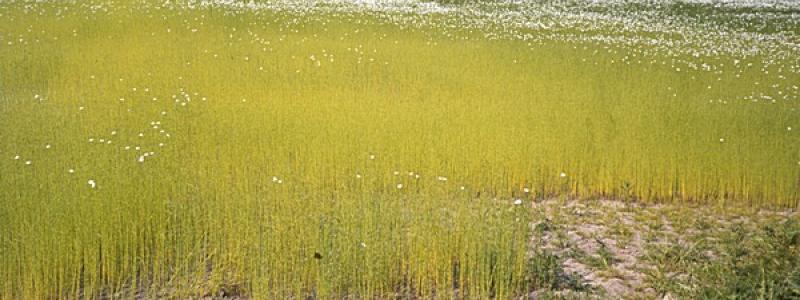
Background
The MAGIC project (Marginal lands for Growing Industrial Crops)builds on the idea of sustainable exploitation of marginal lands, facing natural constraints, for the cultivation of industrial crops with low indirect land use change offering resource-efficient varieties for industrial applications.
Objectives
MAGIC aims to promote the sustainable development of resource-efficient and economically profitable industrial crops grown on marginal lands.
Activities
ISRIC contributed to the definition and classification of marginal lands that are suitable for industrial crops in Europe. Current and future marginal lands in Europe facing natural constraints were mapped, characterised and analysed to provide a spatially explicit classification that serves as a basis for developing sustainable best-practice options for industrial crops. Maps were produced for marginal land and for single and compound limiting factors. By and large the method of ‘bio-physical criteria to define natural constraints for agriculture in Europe’, published by the Joint Research Centre, were used with adaptation and additions. The land characteristics selected for mapping marginal land areas were grouped into 6 clusters (compound land characteristics) of constraints: adverse climate, excessive wetness, adverse soil chemical conditions, low soil fertility, limitations in rooting, and adverse terrain conditions.
Results
A spatially explicit classification of marginal lands that serves as a basis for developing sustainable best-practice options for industrial crops for current and future marginal lands in Europe.
Consortium
The project is coordinated by the Centre for Renewable Energy Sources in Greece. Other list of other partners in the consortium can be found here. ISRIC staff was seconded to Wageningen Environmental Research for participation in this project.
Funding:
EU Horizon 2020